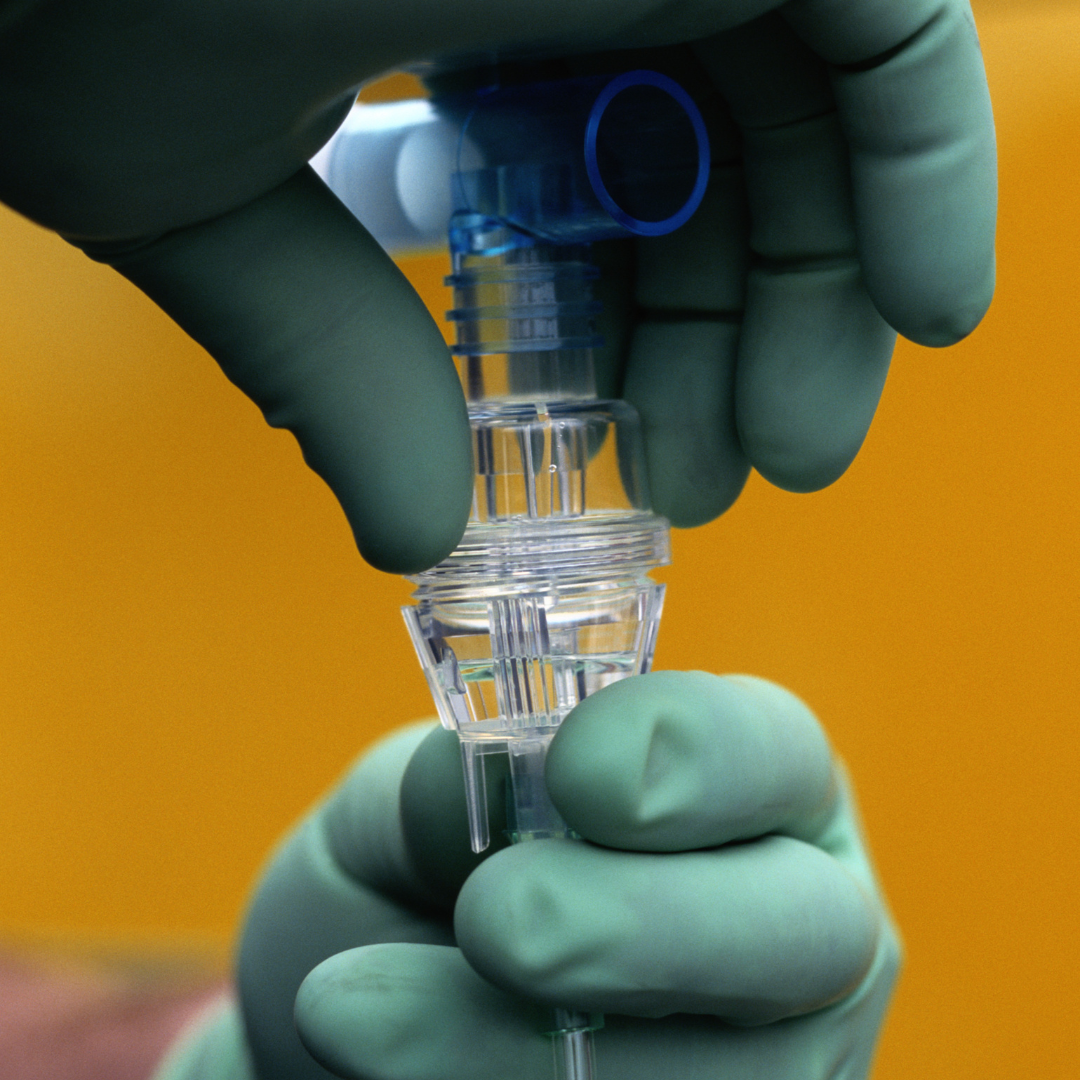ISO 80369-20: Key Updates to Test Methods for Small Bore Connectors

Small bore connectors are essential in healthcare, facilitating the safe and effective delivery of fluids, gases, and medications. The ISO 80369 series is the global standard that defines the types and functionalities of these connectors, covering applications from intravenous to enteral to neuraxial uses.
Cormica are dedicated to staying ahead of evolving standards and helping our clients navigate these changes. The recently updated ISO 80369-20, which focuses on common test methods, introduces several critical updates for designing and testing small bore connectors.
6 Key Changes in ISO 80369-20
- Modernised Terminology
Outdated terms such as “Male” and “Female” connectors are being replaced with “Cone” and “Socket.” This update aims to standardise language across industries and foster inclusivity in design discussions. - Expanded Coverage for Reservoir Connectors
The standard now integrates ISO 18250, addressing connectors for reservoir delivery systems. These include applications in respiratory, enteral, neural, intravascular, irrigation, and citrate-based anticoagulant systems, ensuring broader compatibility and safety. - Revised Test for Disconnection by Unscrewing (Annex I)
The test method has shifted from a fixed torque rate of 2 r/min to an “Increasing Unscrewing Torque” approach. The focus is now on measuring the Peak Torque when the connector begins to loosen, rather than the torque at complete detachment. - New Test Method for Air Leakage (Annex K)
Annex K introduces a test for Air Leakage during Aspiration, applying subatmospheric pressure to connectors while the connector-reference connector complex is submerged in water. This crucial addition ensures airtight designs and identifies weak points that could allow leakage. - Updated Environmental Test Conditions
While the test temperature remains unchanged, the allowable relative humidity range has been adjusted from 25–65% RH to 10–70% RH. This change is particularly significant for connectors made of hygroscopic materials, which may behave differently under varying humidity levels. - Enhanced Reporting Requirements
Manufacturers must now include more detailed information in test reports, such as:
• Testing Dates
• Number of Connectors Used
• Preconditioning and Environmental Test Conditions
• Deviations from Test Methods
• Unusual Features Observed
Type:
Published:
Author:
Hollie Gladwin has over a decade of experience in pharmacy and biomedical science. As a Scientist at Cormica MET, she specialises in Physical and Combination Device Testing, applying her expertise to deliver reliable results and support high-quality device development.
Request More Information
Supporting Your Journey from Concept to Market

Navigating these updates can be complex, but you don’t have to face it alone. Cormica specialise in guiding you through the intricacies of medical device design and compliance. Whether you’re integrating new testing protocols or optimising connector designs, our expertise ensures your products meet the latest standards with confidence.
Other Cormica News, Events & Resources
Contact Us
Ready to take the next step? We’d love to hear from you. Contact us today to discuss your testing needs and find out how Cormica can help you achieve your goals.









